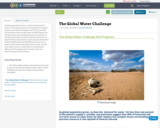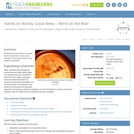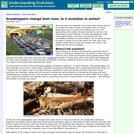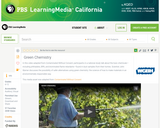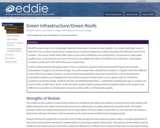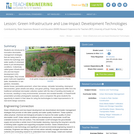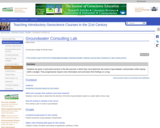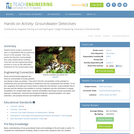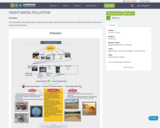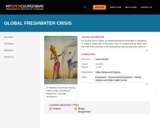
For the first time in history, the global demand for freshwater is overtaking its supply in many parts of the world. The U.N. predicts that by 2025, more than half of the countries in the world will be experiencing water stress or outright shortages. Lack of water can cause disease, food shortages, starvation, migrations, political conflict, and even lead to war. Models of cooperation, both historic and contemporary, show the way forward. The first half of the course details the multiple facets of the water crisis. Topics include water systems, water transfers, dams, pollution, climate change, scarcity, water conflict/cooperation, food security, and agriculture. The second half of the course describes innovative solutions: Adaptive technologies and adaptation through policy, planning, management, economic tools, and finally, human behaviors required to preserve this precious and imperiled resource. Several field trips to water/wastewater/biosolids reuse and water-energy sites will help us to better comprehend both local and international challenges and solutions.
- Subject:
- Applied Science
- Engineering
- Environmental Science
- Material Type:
- Full Course
- Date Added:
- 07/14/2022

